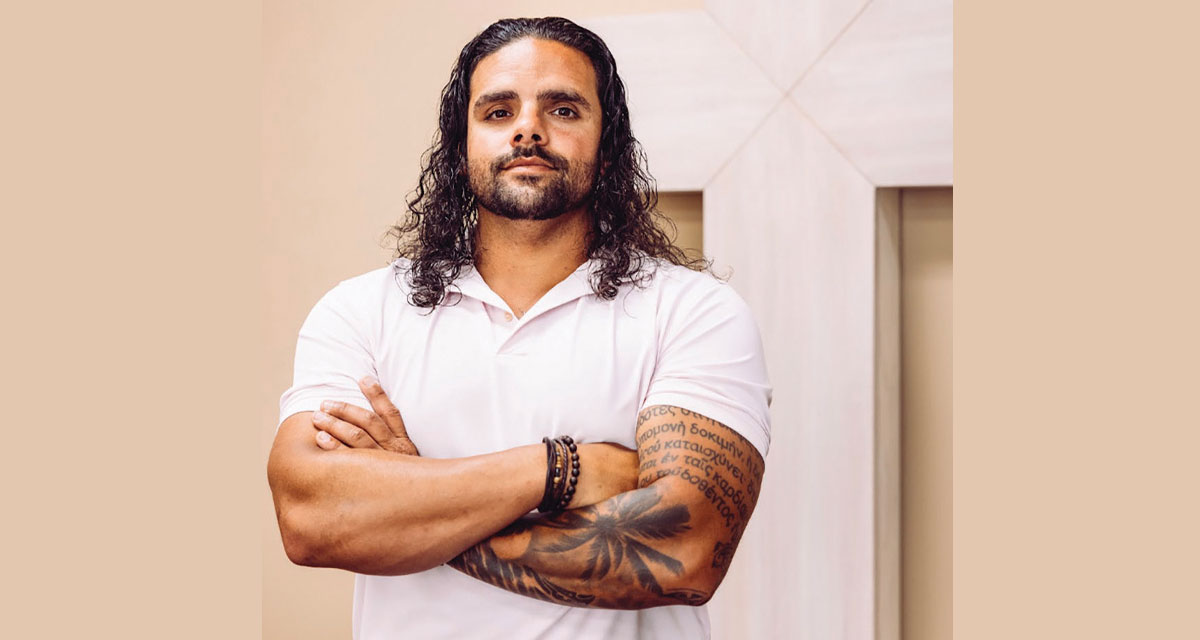BY JAMIE LOBER
If you are brainstorming a way to give back this holiday season, the answer may be simpler than you think. Donating blood is quick, easy and relatively painless. “I want to encourage people to roll up a sleeve if they are eligible because we see a drop in donation at the holidays, largely due to the fact that people are busy with holiday schedules, going on vacations and the schools and colleges that host blood drives are not in session at that time,” said Maya Franklin of the American Red Cross – Piedmont Triad Chapter. If you are already a regular donor, give yourself a pat on the back, but do not forget to keep your appointments this winter.
When you understand why you are giving, you may feel more inclined to take action. “Most people who donate are intentional, so they have a personal connection who asked them to donate,” said Franklin. The fact of the matter is that blood donation saves lives. “There are patients who require blood on a regular basis, whether for sickle cell or a rare blood disorder; heart, liver or other transplants; surgeries, and there is also the platelet component of whole blood that can be used for chemotherapy patients as part of their treatment for different cancers,” said Franklin. There is also a big demand for patients with traumatic injuries. “Sometimes one individual can use up to 100 pints of blood after a car accident,” said Franklin. If these reasons are not enough to sway you, sometimes there are incentives like t-shirts or gift cards.
You are helping members of the community right away. “After the blood donation the blood is processed, tested and distributed within about three days,” said Franklin. Blood types are matched with the exception that O negative is a universal donor and can be transferred to anybody. Clinicians check to ensure the blood is free of infectious diseases and carefully matched so there is little to no risk for the recipient. If you download the Red Cross Blood Donor app on your phone, you can keep track of where your blood is going, literally from arm to arm.
The Carolina Blood Center explained that your donation is divided into red cells, platelets, and plasma. Red cells replace blood volume that may be lost due to illness or accident. Platelets assist with clotting, so you do not have bleeding issues. Plasma is helpful for burn victims and treating immune system deficiencies. You can find out your blood type after you donate if you do not already know it.
If you are wondering if blood donation is for you, just make sure you meet the eligibility requirements. “People must be 16 with parental consent in North Carolina, weigh 110 pounds and be in generally good health,” said Franklin. That means if you have a sore throat, fever, cough or even a runny nose the day you plan to donate, it is wise to reschedule your appointment. There are also some travel restrictions, such as if you have been abroad recently, and certain medications that disqualify you, so it is important to be open and honest about your health history. Your blood pressure, hemoglobin level, and temperature will be checked for safety.
If you feel good after donating and want to make it a habit, whole blood donors can give every 56 days. Be sure to talk to the phlebotomist and make sure it will be safe for you. Staying hydrated by drinking enough water before and after, getting a good night’s sleep the night before, eating balanced meals and food rich in iron and limiting caffeine intake can make the donation process go smoother.
Forsyth women recognize the importance of blood donation and can be role models for family and friends. “I would like to encourage more women to give, as some of the recipients who receive blood experience complications during childbirth that may require them to have a transfusion, or the newborn may require a transfusion,” said Franklin. It is normal to be anxious, but looking at the big picture should calm your nerves. “There are a lot of folks who may be discouraged because of fear of needles, but the actual donation process takes 5 to 10 minutes, and you can impact up to 3 lives and provide lifesaving treatment to patients who critically rely on blood, so it is a huge impact for a small sacrifice,” said Franklin. There is no greater gift than to give others life. “Someone in the United States may need blood as often as every 2 seconds, so the need is constant and does not go away even when we get busy with holiday activities,” said Franklin.





















